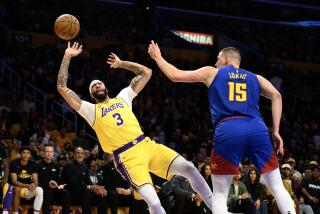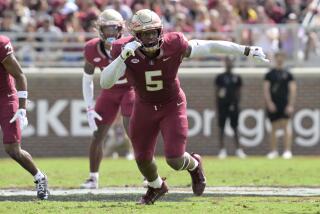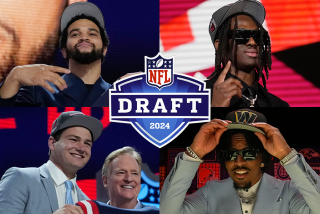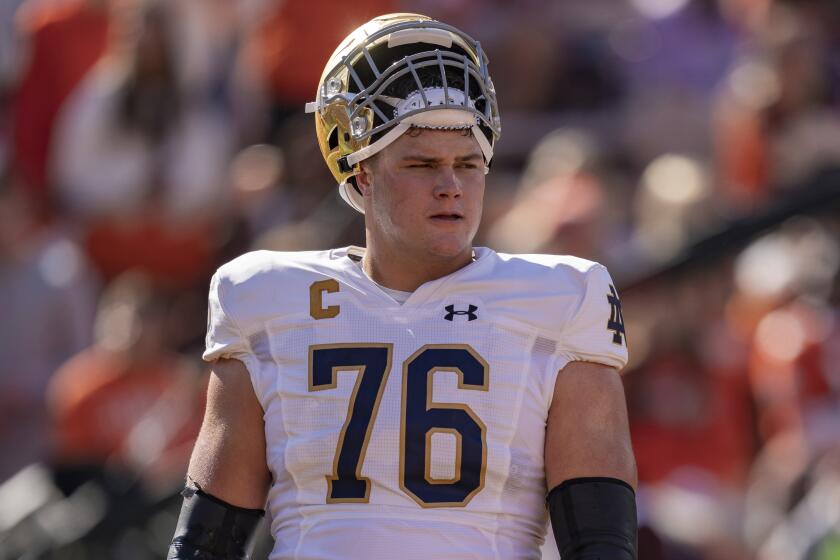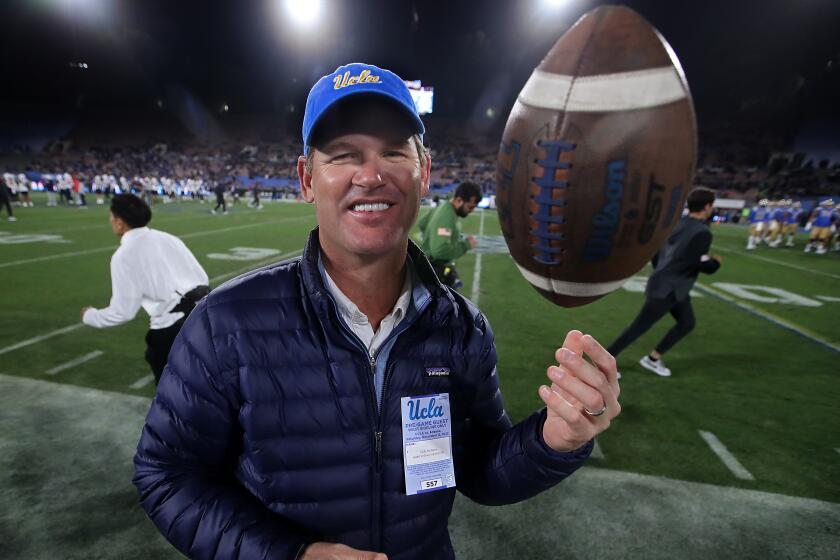The Expanded Strike Zone May Just Be a Mirage
The problem is clear. Hitters are getting too far ahead of pitchers.
The solution is strange. Shrink the strike zone in the rule book, call higher strikes in the games.
If it sounds confusing, it is. No one is sure what the effect will be, not even the umpires, who are trying to enforce the change in spring training.
“It’s second nature to us what a strike is,” said Joe Brinkman, an American League umpire for 16 seasons. “Now, we’ll have to constantly think about it.”
Raising the actual strike zone by a few inches could be the biggest batter-pitch adjustment in baseball since the mound was lowered after 1968.
Here’s what’s happening:
The old rule defined the strike zone as between the batter’s armpits and the top of his knees. But in reality, anything above the belt was a ball, particularly in the low-ball National League.
The new rule brings back the letter-high strike. The upper limit will be the midpoint between the top of the shoulders and the top of the uniform pants; the lower limit remains at the knees.
Technically, that is smaller than before. But the idea is that umpires will call those high strikes.
Hitters, who have seen home run totals go up to record rates, are not thrilled at seeing the strike zone go up, too.
“All our lives we’ve been taught to lay off that high pitch. It’s a ball,” Wade Boggs carped. “Now, do we have to swing at it?”
This season, Boggs and other batters do.
The players’ union and owners have agreed to the change--along with tighter balk rules--for a one-year test period. After the season, both sides will review the results. Yet even if players don’t want to continue the alterations, management can implement them in 1989.
Pitchers are excited about the strike zone becoming a twilight zone up top. Their strikeouts are at an all-time high, but they are giving up runs at an alarming pace.
Last year, 62 pitchers in the AL had earned run averages of over 6.00. Baltimore and Cleveland became the first AL teams with ERAs over 5.00 since 1956.
The NL, where scoring is about a half-run less because there is no designated hitter, is equally porous.
With higher strikes, those imbalanced numbers could come down.
“I heard about it in the off-season and I liked it,” said Dwight Gooden, who has always enjoyed success with rising, chest-high fastballs. “So I thought this spring that if I got ahead in the count, I’d go up there but I haven’t noticed any difference.”
That’s because sometimes there isn’t any.
“I have not changed my strike zone at all,” said Bruce Froemming, an NL umpire for 18 years. “I’ve always been accused of having a high strike zone, but the league felt, as a group, we weren’t calling the higher strike.”
Brinkman’s zone has expanded.
“I’m calling it about a ball higher,” he said. “It doesn’t sound like much, but it is. This will be a major adjustment.”
“The first game I had behind the plate this spring, I called about seven or eight strikes that I would’ve called balls last year,” Brinkman said. “There were about nine or 10 the next time.”
Few batters have argued about high strikes in the exhibition season, in contrast to the protests pitchers and managers have lodged about increased balks.
That might change come opening day.
“It’s still early in the spring,” Brinkman said. “No one is saying much right now. Once the games count, it may not be that way.”
No one is sure, and no one knows whether the change will more closely align the strike zones in the two leagues.
AL umpires have a reputation as high-ballers; NL umpires like low strikes.
The umpires, however, say there is little discrepancy.
“I don’t think you can differentiate between the two leagues anymore,” Froemming said. “A lot of that is because of the inside chest protector.”
AL umpires used to employ bulky outside protectors, which prevented them from tucking behind catchers. The leagues now use the same form-fitting inside protectors and all umpires get the same view.
That doesn’t mean everyone has the same view of the new strike zone.
Terry Kennedy, an All-Star catcher in both leagues, is caught in the middle. He wants more strikes for his pitchers, fewer strikes as a hitter.
And he doesn’t like what he sees from either side.
“Why don’t they just leave it alone?” Kennedy said. “Maybe they think pitching is too thin. But this is very unrealistic and not worth doing.
More to Read
Get our high school sports newsletter
Prep Rally is devoted to the SoCal high school sports experience, bringing you scores, stories and a behind-the-scenes look at what makes prep sports so popular.
You may occasionally receive promotional content from the Los Angeles Times.
